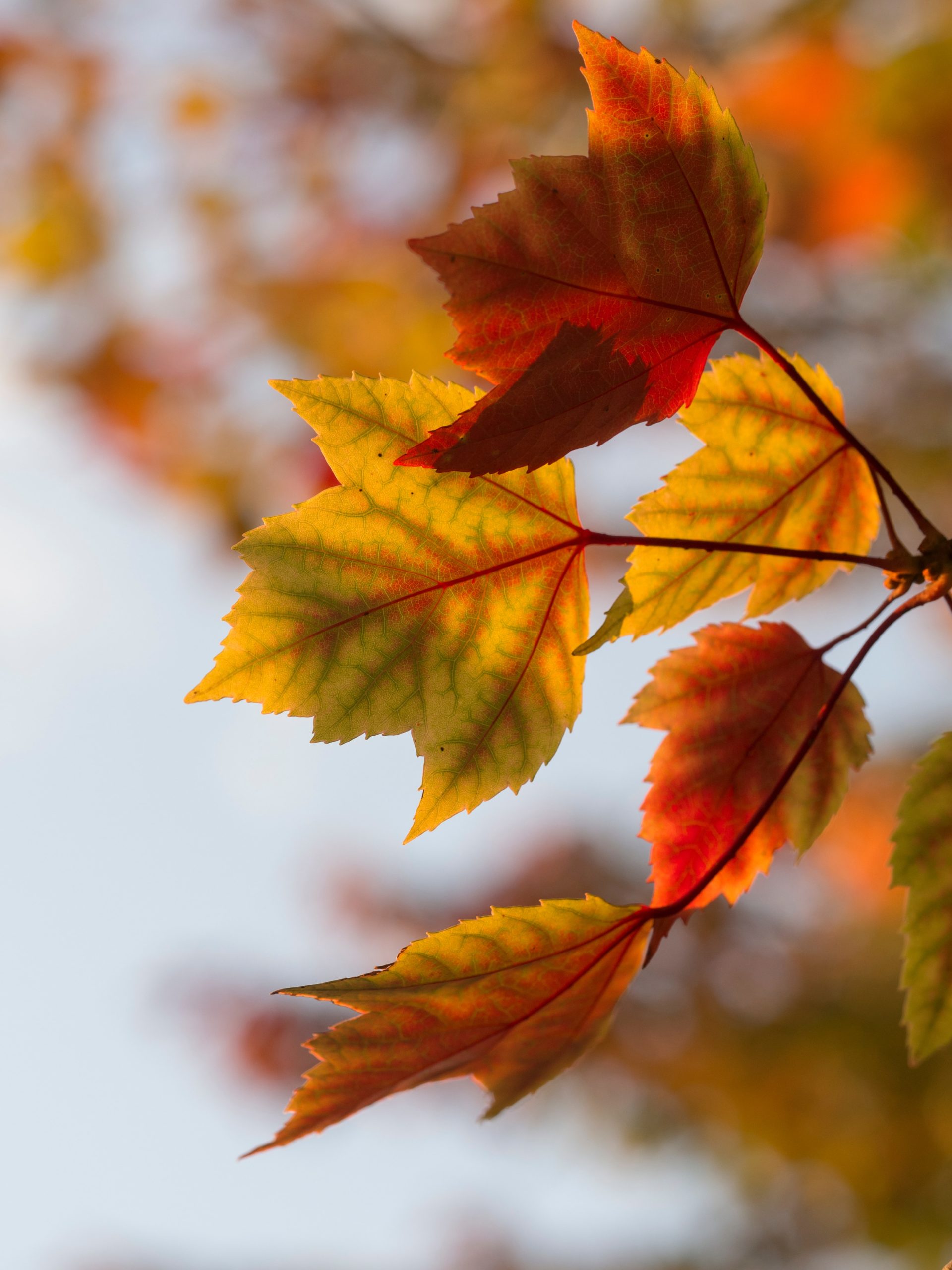Tuesday’s Tidbits

From the Capitol Hill front, the Wall Street Journal reports that
The Senate passed a measure raising the government’s borrowing limit by $2.5 trillion, as Democrats moved to quickly bring the measure to President Biden’s desk and push the next debt-ceiling standoff past the midterm elections.
The Senate voted 50-49 to approve the legislation, sending it to the House, which could pass it as soon as later Tuesday.
Meritalk informs us that
The Senate on Dec. 14 voted to invoke cloture on the conferenced version of the fiscal year (FY) 2022 National Defense Authorization Act (NDAA), setting up a final vote on Wednesday for the $768 billion defense spending bill. The cloture motion sailed through the Senate by an 86-13 vote, ending debate on the compromise NDAA bill.
Roll Call adds that
Senate Democrats on Tuesday softened their optimism that their party’s sweeping safety net and climate spending and tax package will pass before Christmas, citing uncertainty about whether Sen. Joe Manchin III, D-W.Va., is ready to support it and procedural steps that are far from complete.
“It’s a tough timeline,” Michigan Sen. Debbie Stabenow, a member of Democratic leadership, said. “So we’re still pushing forward. We have a lot of agreement. But, you know, if this is not done in the next two weeks, we’ll come back in January and get it done.”
The House passed a $2.2 trillion version of the bill last month. Senate Democrats have released updated text for nine of their 12 committees that have jurisdiction over the package. The Energy and Natural Resources Committee that Manchin chairs is among the three committees that have not released text, along with Environment and Public Works and Judiciary.
And STAT News reports that
Robert Califf escaped largely unscathed from a two-hour hearing Tuesday vetting him to be commissioner of the Food and Drug Administration. He gushed about his love of high-quality data, skillfully navigated questions on hot-button topics like abortion and drug pricing, and even had personal anecdotes about Covid-19 testing and opioid prescribing at the ready. * * *
The smooth hearing is the latest signal that Califf, who already survived a confirmation process for the FDA’s top job in 2016, will be easily approved for the job again. A vote on his confirmation has not been scheduled, but is expected in early 2022.
From the Delta/Omicron front
STAT News tells us that
The Omicron variant is starting to eat into Delta’s dominance in the United States.
The new variant accounted for 2.9% of sequenced Covid-19 cases in the United States in the week ending Dec. 11. The week before, 0% of cases were from Omicron. Delta accounted for essentially all of the other sequenced cases, according to data from the Centers for Disease Control and Prevention.
The new figures, updated Tuesday, indicate that Omicron started circulating before that week, given how long it can take for infections to be sequenced and reported. They show that Omicron’s advantage over the highly transmissible Delta variant is becoming noticeable in this country. * * *
Experts have said it appears Omicron is taking over faster than Delta did as it became dominant globally earlier this year.
The National Institutes of Health Director’s blog this week offers the latest on the Omicron variant and COVID vaccines.
It’s important to note that scientists around the world are also closely monitoring Omicron’s severity While this variant appears to be highly transmissible, and it is still early for rigorous conclusions, the initial research indicates this variant may actually produce milder illness than Delta, which is currently the dominant strain in the United States.
But there’s still a tremendous amount of research to be done that could change how we view Omicron. This research will take time and patience.
What won’t change, though, is that vaccines are the best way to protect yourself and others against COVID-19. (And these recent data provide an even-stronger reason to get a booster now if you are eligible.) Wearing a mask, especially in public indoor settings, offers good protection against the spread of all SARS-CoV-2 variants. If you’ve got symptoms or think you may have been exposed, get tested and stay home if you get a positive result. As we await more answers, it’s as important as ever to use all the tools available to keep yourself, your loved ones, and your community happy and healthy this holiday season.
The New York Times observes that
As the coronavirus pandemic approaches the end of a second year, the United States stands on the cusp of surpassing 800,000 deaths from the virus, and no group has suffered more than older Americans. All along, older people have been known to be more vulnerable, but the scale of loss is only now coming into full view.
Seventy-five percent of people who have died of the virus in the United States — or about 600,000 of the nearly 800,000 who have perished so far — have been 65 or older. One in 100 older Americans has died from the virus. For people younger than 65, that ratio is closer to 1 in 1,400. * * *
Since vaccines first became available a year ago, older Americans have been vaccinated at a much higher rate than younger age groups and yet the brutal toll on them has persisted. The share of younger people among all virus deaths in the United States increased this year, but, in the last two months, the portion of older people has risen once again, according to data from the Centers for Disease Control and Prevention. More than 1,200 people in the United States are dying from Covid-19 each day, most of them 65 or older.
The FEHBlog certainly hope that more readily available boosters and rapid antigen testing combined with the Pfizer and Merck early onset pills will help stem the death toll. The Wall Street Journal reports tonight that
Preliminary laboratory tests gave encouraging signs that Pfizer Inc.’s PFE 0.62% experimental Covid-19 pill for the newly infected could work against Omicron, the company said. * * * The positive results come as the Food and Drug Administration reviews whether to clear use of Paxlovid in high-risk adults, a decision that could come before the end of the year. * * * Meanwhile, a separate, preliminary analysis provided signs the drug may help people at low risk of severe Covid-19, such as vaccinated individuals who end up becoming sick.
From the tidbits department —
- Fierce Healthcare reports that
Healthcare mergers and acquisitions surged in 2021, growing 56% in the 12 months through Nov. 15 versus 2020.
There was particularly high growth among physician medical groups, which saw more than 400 deals, as well as managed care and rehabilitation subsectors, according to a new report from PwC. This compares to about 200 to 250 deals per year between 2017 and 2019.
There’s the potential for more consolidation and private equity roll-ups in 2022 and beyond as practices have experienced challenging economics and may face 2022 Centers for Medicare & Medicaid Services (CMS) payment cuts.
- The Leapfrog Group announced its 2021 top hospitals in our country.
This year, 149 hospitals from across the country received the Top Hospital Award. California, Florida, Massachusetts, New Jersey, and Pennsylvania were the states with the most Top Hospitals, with ten or more hospitals in each state receiving the designation. The Top Hospitals are recognized in four categories: Top General Hospitals (46 recipients), Top Rural Hospitals (23 recipients), Top Teaching Hospitals (72 recipients), and Top Children’s Hospitals (8 recipients).
Full results of the 2021 Leapfrog Hospital Survey are publicly reported and available for free on Leapfrog’s website, providing patients with a resource to make informed decisions about where to seek treatment.
To see the methodology for Top Hospitals, please visit https://www.leapfroggroup.org/tophospitals.
- The Centers for Disease Control offers six tips for eating healthy on a budget.












